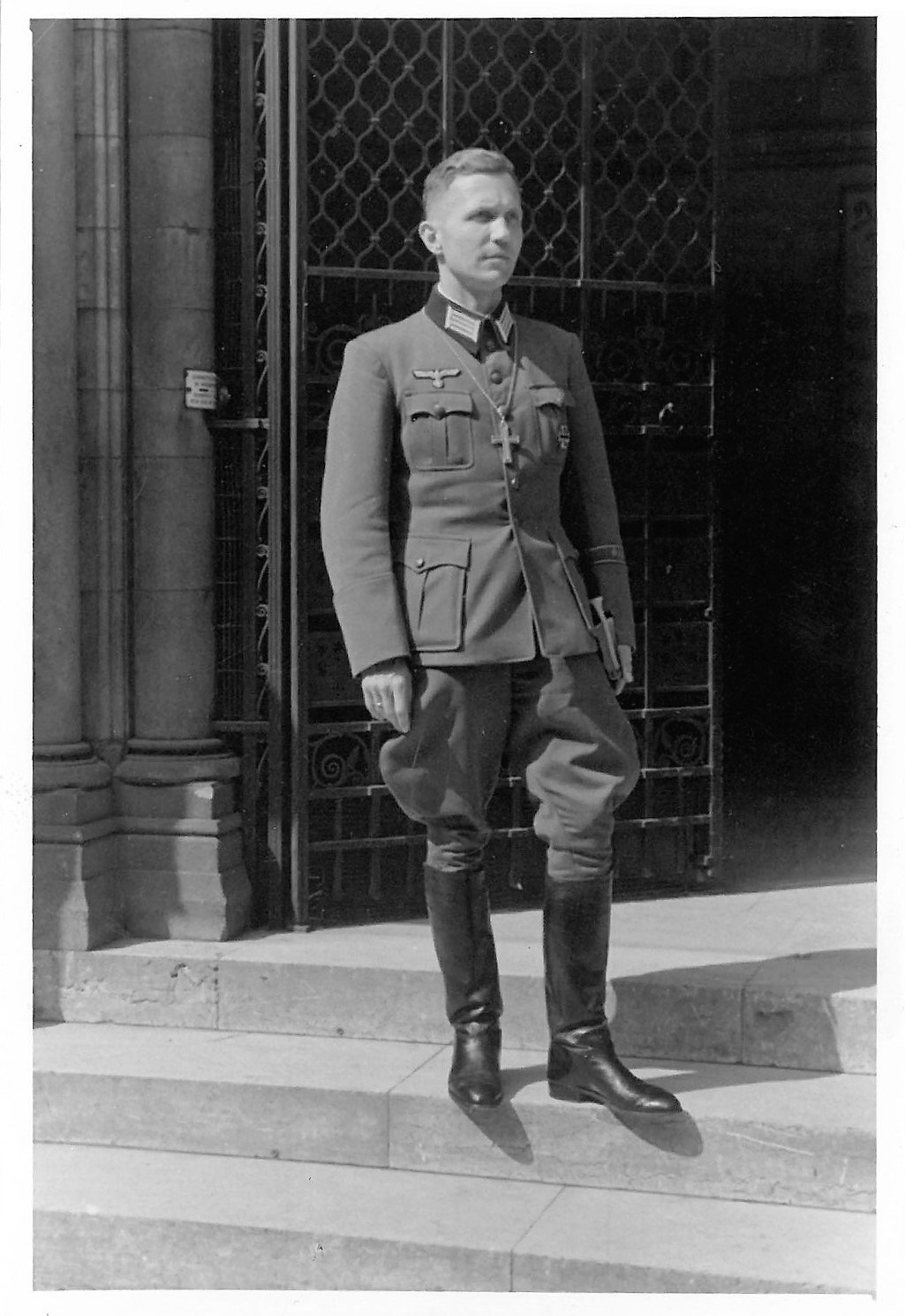
World War II
World War II was a global conflict that lasted from 1939 to 1945, involving many of the world’s nations. The war was marked by significant events like the Holocaust, the use of atomic bombs, and massive battles across Europe, Asia, Africa, and the Pacific. It resulted in widespread destruction, the loss of millions of lives, and major political changes worldwide. The war ended with the defeat of the Axis powers—primarily Germany, Japan, and Italy—by the Allies, which included the United States, the Soviet Union, and the United Kingdom.
Back Home
What caused World War II?
World War II was caused by a combination of factors, including the unresolved issues from World War I, the rise of totalitarian regimes in Germany, Italy, and Japan, and the aggressive expansion policies of these nations. The Treaty of Versailles, which ended World War I, left Germany in economic ruin and political instability, leading to the rise of Adolf Hitler and the Nazi Party. Additionally, Japan’s expansion in Asia and Italy’s ambitions in Africa contributed to growing tensions. The war officially began when Germany invaded Poland on September 1, 1939, prompting Britain and France to declare war on Germany.

How did World War II change the world?
World War II drastically changed the world in many ways. The war led to the downfall of fascist regimes in Germany, Italy, and Japan, and it marked the beginning of the Cold War between the United States and the Soviet Union. The United Nations was established in 1945 to prevent future conflicts, and new international agreements were created to promote peace and security. Economically, the war accelerated technological advancements and led to the Marshall Plan, which helped rebuild Europe. Socially, the war brought about significant changes in gender roles, civil rights movements, and the global decolonization process.

What were the major events of World War II?
World War II was marked by many significant events. Some of the most notable include the invasion of Poland, which started the war; the Battle of Britain, where the UK resisted German air attacks; Operation Barbarossa, the German invasion of the Soviet Union; the attack on Pearl Harbor by Japan, which brought the United States into the war; D-Day, the Allied invasion of Normandy in 1944; and the dropping of atomic bombs on Hiroshima and Nagasaki, which led to Japan’s surrender. The war also saw the horrors of the Holocaust, where millions of Jews and others were systematically murdered by the Nazis.
Recap
What caused World War II?
The war was caused by unresolved issues from World War I, the rise of totalitarian regimes, and aggressive expansion by Germany, Italy, and Japan.
What were its major events?
Key events include the invasion of Poland, Pearl Harbor, D-Day, and the atomic bombings of Hiroshima and Nagasaki.
How did it change the world?
The war ended fascism in Europe, started the Cold War, led to the creation of the United Nations, and brought significant social and technological changes.
What was the human cost?
World War II was one of the deadliest conflicts in history, with an estimated 70-85 million people losing their lives, including millions in the Holocaust.